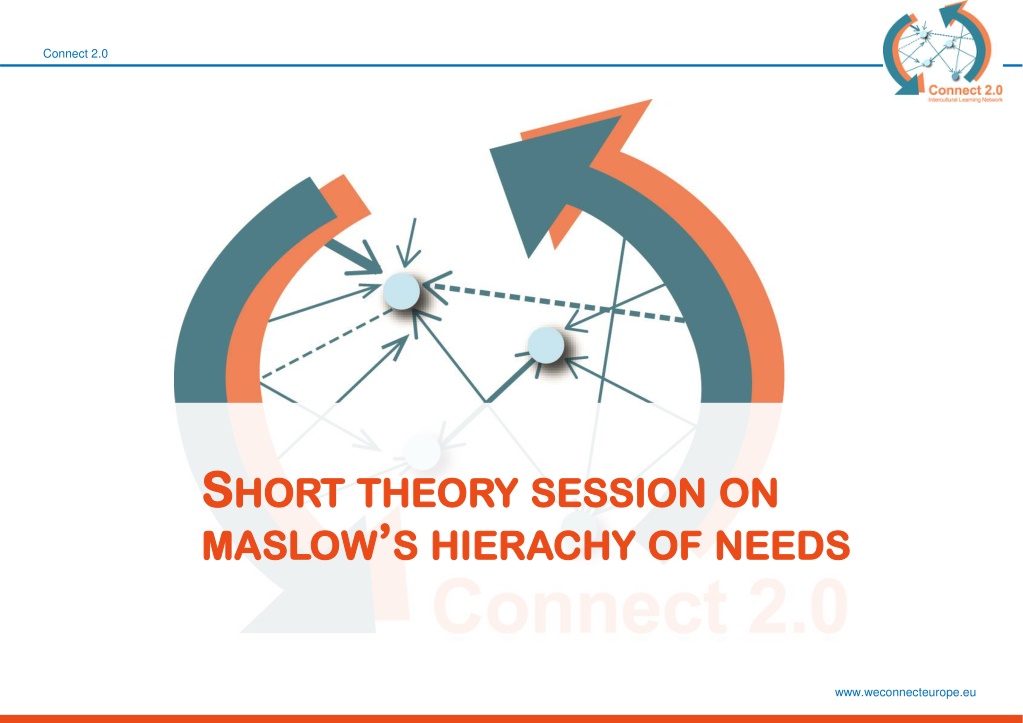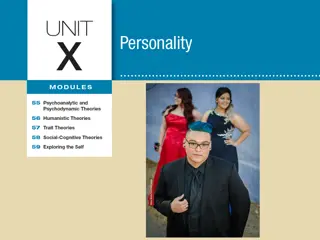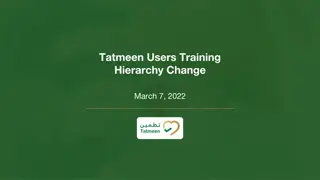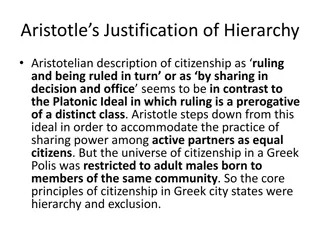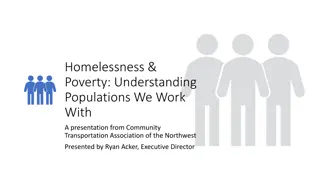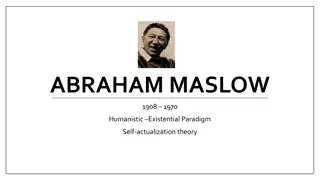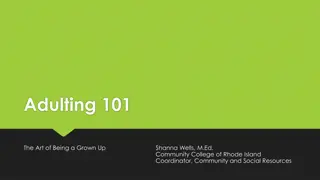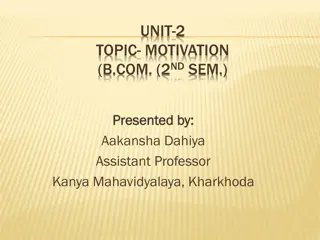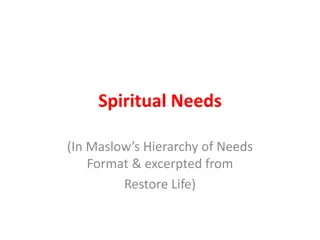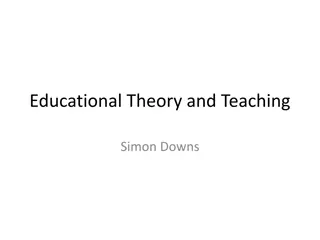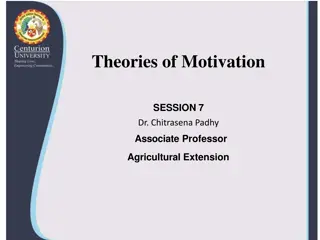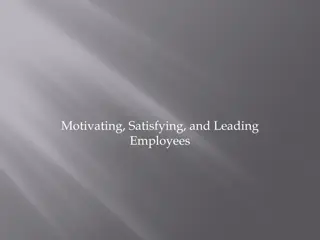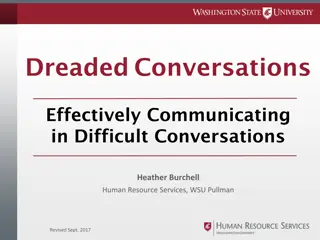Understanding Maslow's Hierarchy of Needs
Explore Abraham Maslow's groundbreaking Hierarchy of Needs theory, encompassing physiological, safety, love/belongingness, esteem, and self-actualization needs. Delve into Maslow's biography, the original needs delineation, educational applications, and a critical evaluation. Gain insights into Maslow's legacy as an American psychologist and the impact of his work on psychology and education.
Download Presentation

Please find below an Image/Link to download the presentation.
The content on the website is provided AS IS for your information and personal use only. It may not be sold, licensed, or shared on other websites without obtaining consent from the author. Download presentation by click this link. If you encounter any issues during the download, it is possible that the publisher has removed the file from their server.
E N D
Presentation Transcript
Connect 2.0 S SHORT HORT THEORY MASLOW MASLOW S S HIERACHY THEORY SESSION SESSION ON HIERACHY OF ON NEEDS OF NEEDS www.weconnecteurope.eu
Connect 2.0 Table of Content 1. Biography 2. Hierarchy of needs (1943) 3. Extended version of hierarchy of needs (1970) 4. Educational applications 5. Critical evaluation 6. Sources www.weconnecteurope.eu www.intercultur.de
Connect 2.0 Biography Abraham Harold Maslow (April 1, 1908 June 8, 1970) American psychologist Maslow was a psychology professor at Alliant International University, Brandeis University, Brooklyn College, New School of Social Research, and Columbia University best known for creating Maslow s hierarchy of needs www.weconnecteurope.eu
Connect 2.0 Original needs (1943) Biological/physiological needs (air, food, shelter, warmth) www.weconnecteurope.eu www.intercultur.de
Connect 2.0 Original needs (1943) Safety needs Safety needs (security, order, law, stability) (security, order, law, stability) www.weconnecteurope.eu www.intercultur.de
Connect 2.0 Original needs (1943) Love/Belongingness needs (friendship, intimacy, affection) www.weconnecteurope.eu www.intercultur.de
Connect 2.0 Original needs (1943) Esteem needs (achievement, mastery, independence) www.weconnecteurope.eu www.intercultur.de
Connect 2.0 Original needs (1943) Self-actualization needs (realizing personal potential, self-fulfillment, seeking personal growth) www.weconnecteurope.eu www.intercultur.de
Connect 2.0 Maslow s hierachy of needs (1943) www.weconnecteurope.eu Photo by FireflySixtySeven / licensed CC BY-SA 4.0
Connect 2.0 The expended hierarchy of needs (1970) Cognitive needs (knowledge, meaning) Aesthetic needs (appreciation, search for beauty, balance, form) Transcendence needs (helping others to achieve self-actualization) www.weconnecteurope.eu www.intercultur.de
Connect 2.0 www.weconnecteurope.eu Photo by Mahesh gowda p m / licensed CC Attribution-Share Alike 4.0 international
Connect 2.0 Educational Applikation Before the cognitive needs of students can be met they must first fulfill their basic physiological needs Students need to feel emotionally and physically safe (safety and love/belongingness needs) to progress and reach their full potential (self-actualization) www.weconnecteurope.eu www.intercultur.de
Connect 2.0 Critical Evaluation Maslow s biographical analysis must not be accepted as scientific fact Not always necessary to satisfy lower needs first in order to achieve next level Goals depend on specific culture (Hofstede) sometimes self-actualization is not the highest goal! No acknowledgement of the meaning of social networks (Ruthledge) www.weconnecteurope.eu www.intercultur.de
Connect 2.0 Maslow Model Rewired Esteem, Reputation and Competence Food, Shelter & Sex Safety, Order & Certainty Connection Community, Belonging & Love www.weconnecteurope.eu
Connect 2.0 Sources http://www.simplypsychology.org/maslow.html http://mprcenter.org/blog/wp-content/uploads/2011/11/Maslow-Rewired.jpg www.weconnecteurope.eu www.intercultur.de
